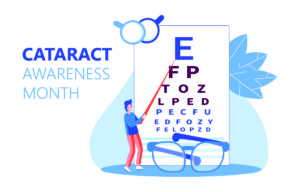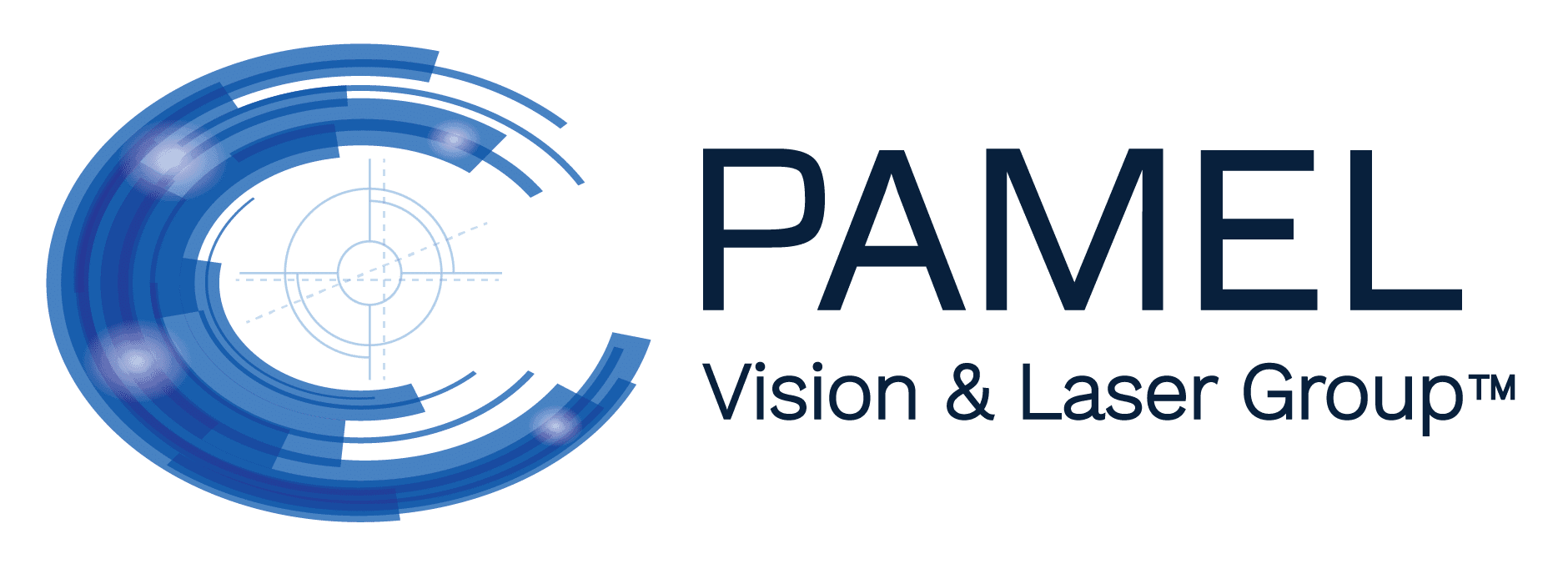Learn About the Benefits of Laser Cataract Surgery During Cataract Awareness Month
- Posted on: Jun 15 2023
 Cataracts are the leading cause of blindness worldwide, according to the Centers for Disease Control and Prevention (CDC). June is cataract awareness month, and our eye doctors want you to understand your options for treatment. More than 50% of Americans 80 and older have had cataract surgery or live with cataracts. This procedure improves vision and boasts a 97% to 98% success rate when performed by an experienced surgeon.
Cataracts are the leading cause of blindness worldwide, according to the Centers for Disease Control and Prevention (CDC). June is cataract awareness month, and our eye doctors want you to understand your options for treatment. More than 50% of Americans 80 and older have had cataract surgery or live with cataracts. This procedure improves vision and boasts a 97% to 98% success rate when performed by an experienced surgeon.
At Pamel Vision & Laser Group, Dr. Gregory Pamel offers traditional and laser-assisted cataract surgery. Both methods can restore clear eyesight and involve two incisions, but the laser approach may offer more advantages.
Traditional Cataract Surgery Vs. Laser Cataract Surgery
Traditional cataract surgery is called phacoemulsification. The eye surgeon makes a tiny incision in the clear dome at the front of the eye (cornea) with a handheld scalpel and inserts a small instrument to reach the lens capsule behind the pupil that houses the cataract (clouded natural lens). The second incision is a circular opening also made by hand. The surgeon inserts a pen-shaped probe that emits ultrasound waves to break up the cataract, and the broken pieces are suctioned out and replaced with an IOL.
Laser-assisted cataract surgery uses a computer system to map the eye’s surface and lens and programs the laser with these measurements. The laser makes precise incisions at the necessary depth and size, and its energy softens the cataract, making it easier for the ultrasonic probe to break it into pieces.
Both surgical techniques can correct astigmatism with specific incisions in the cornea to improve the corneal shape for better vision. However, laser cataract surgery offers more precise cuts and may be preferred for astigmatism correction and premium IOL placement.
What Are the Benefits of Laser Cataract Surgery?
Laser-assisted cataract surgery offers exact incisions every time, eliminating human error. The laser’s precision combined with the computer mapping system provides a more accurate and consistent procedure and may be faster than the traditional approach. The heat from the laser energy helps to soften dense cataracts, making it easier to break them apart and remove the pieces. The laser is also useful for exact positioning of multifocal lens implants, which provide for clear vision at several focal points and can correct astigmatism.
Laser cataract surgery requires less ultrasound energy to soften the lens for removal, which may reduce corneal swelling and lead to better vision right after the procedure.
Ultimately, the outcome of cataract surgery, whether traditional or laser-assisted, depends on the eye surgeon’s experience. Dr. Gregory J. Pamel is a board-certified ophthalmologist with extensive training and more than 20 years of experience in cataract and refractive surgery. He is the recipient of the Lifetime Education and Achievement awards from the American Academy of Ophthalmology.
If you’re ready for clear vision with cataract surgery, contact Pamel Vision & Laser Group to schedule your eye exam. Contact our Astoria and New York, New York, offices at (212) 355-2215.
Posted in: Cataract Surgery




